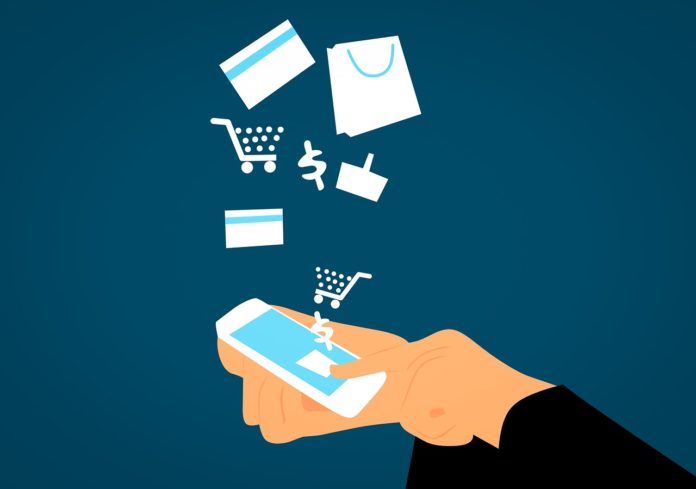Laura Murray, Madrid Office, Bord Bia – Irish Food Board
In just a few short years, m-commerce has become a must-have platform for online business. If you can’t be found through a mobile app, then you may not exist to many of your target consumers, especially if those consumers fall into the millennial or generation Z categories. In this article, we are going to briefly look at why it has become so important to be present on a mobile platform, and why it should already be part of your omnichannel approach.
In Europe, retailers with an online store designed for mobile have generated half of their sales through their apps. Both retailers and consumers would likely agree that there is some room for improvement with current mobile platforms, but you could still be missing out on a lot of sales by not having any mobile presence at all. For example, one-third of Spanish consumers spend over 20 hours per week navigating on mobile apps. When talking about millennials, this number increases to 28 hours.
Spanish consumers, in general, are more active on mobile devices and are making more purchases on-the-go now than ever before. According to a 2018 report by Privalia, one of Spain’s largest online outlets, online retail giants are now receiving 48% more transactions via mobile platforms than desktop. It is also where over 68% of their total sales come from, and 86% of their traffic.
M-commerce has already become the norm across a variety of sectors, with 28% of Spanish consumers making a purchase from their mobile every week. You probably don’t think twice about using your mobile to do online banking, buy concert tickets, or download a boarding pass. Its growing popularity across all of these industries has made it natural for the food and drink industry to follow suit. One-quarter of global respondents to a recent Nielsen study have said that they already order grocery products online for home delivery, and more than half (55%) are willing to use it in the future.
Incorporating m-commerce into your digital strategy can help your brand engage and interact more with your target audience, as well as gather more consumer and shopping data, create loyalty programs, and provide extra value through personalised apps to integrate the in-store and mobile experience, just like Amazon Go has delivered in the US.
For the modern consumer, mobile solutions mean convenience, and as our lives get busier, it is only to be expected that we will continue to create more convenient ways of carrying out everyday tasks, whether it be doing the weekly shop online or ordering food from a home delivery app. In such a rapidly changing world, who knows where digital will lead us next, all we know is that m-commerce is where you need to be now.




